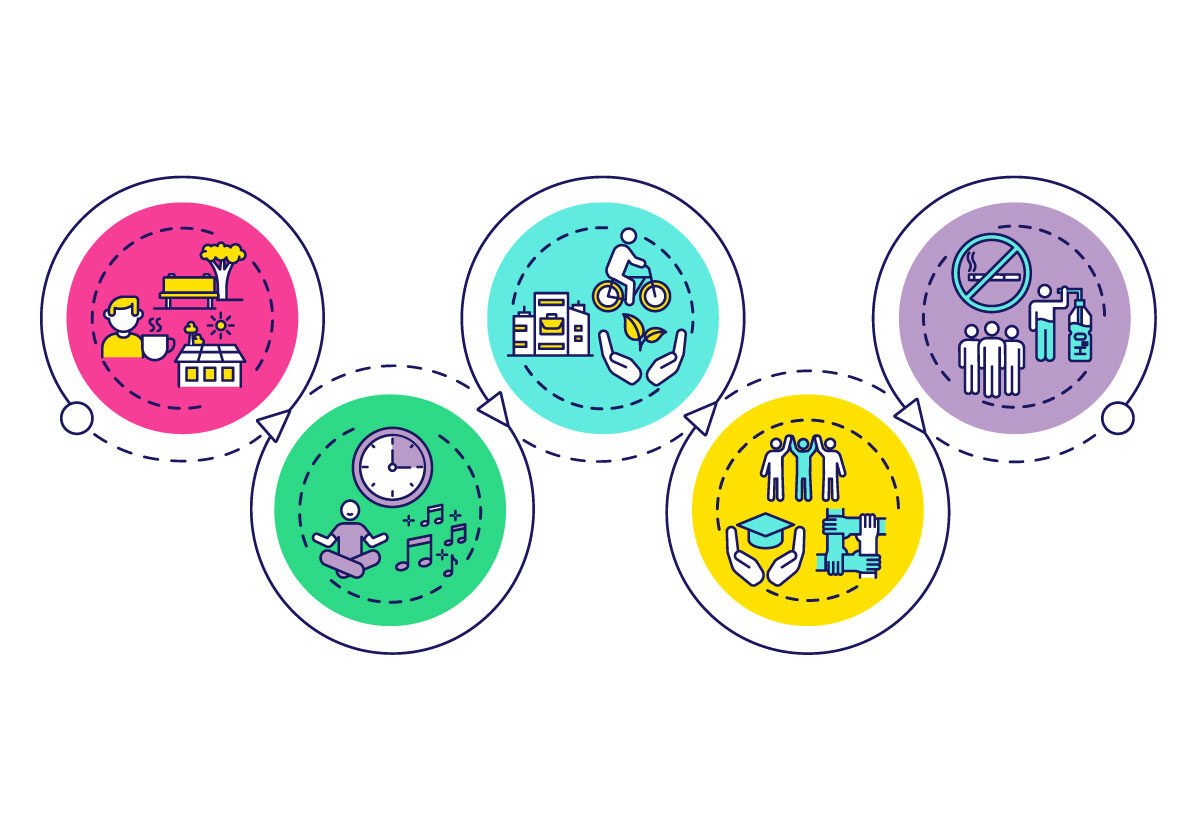When considering compensation packages, benefits aren’t often the leading factor. However, they typically constitute about 4% of the total compensation package - a substantial investment from you as an employer. Are you ensuring that every element, from salaries and bonuses to RRSPs and health plans, is aligned with your employees' needs and your business objectives?
Understanding the Value of Benefits
Salary typically takes center stage in compensation discussions, but benefits like bonuses, off days, retirement plans, and health insurance are significant. Deployed thoughtfully, benefits can play a crucial role in employee satisfaction as well as be a deciding factor in attracting and retaining top talent. A well-crafted benefits package not only enhances the financial well-being of your employees but also reflects your company's culture and values each day.
Bonuses: More Than Money
Besides salaries, bonuses are the most visible part of a compensation package. They're usually straightforward and easily understood. Bonuses can be structured to reward performance, incentivize specific outcomes, or share the company’s success, directly linking individual efforts to the company's growth.
Savings: Squirrelling Away for Their Future
As Canadians struggle to save amid the rising cost of living, employers can play a crucial role in facilitating savings options and other financial wellness offerings for their employees. On top of traditional RRSP contributions, there are other ways you can help employees save for their futures. Consider a Tax-Free Savings Account (TFSA), student loan repayments, accessible financial education services, and covering the cost of wills to name a few. Any of these can go a long way in helping employees feel more financially prepared and show that you’re making financial wellness part of their overall benefits program.
Off Days: The Hidden Gem of Benefits
Paid time off is a benefit that employees treasure for the work-life balance it provides. Yet, its value is often underestimated by employers. By offering flexible off days or additional paid leave, you demonstrate an understanding of your employees' need for rest, rejuvenation, and personal time, as well as caregiving responsibilities, which can significantly boost morale and productivity.
Spending Accounts: Flexibility That Counts
Health Care Spending Accounts (HCSAs) provide a way for employees to cover out-of-pocket healthcare expenses, adding a layer of financial security to their lives. While Wellness Spending Accounts (WSAs) can be setup to invest in the proactive health and well-being of your employees. Usually, eligible wellness expenses are those that focus on nutrition, exercise, and mindfulness. You can choose to cover a wide variety of expenses. Everything from gym memberships to wearable fitness trackers to over-the-counter supplements. In either case, these accounts can offer flexibility and personalization that employees highly value.
Health Benefits: The Foundation of Employee Wellness
Health benefits are often the cornerstone of any benefits package. It's essential to choose a plan that is comprehensive and aligns with the health and wellness goals of your workforce. This may mean updating your plan, post-pandemic, to offer access to mental health resources, wellness programs, and preventive care, ensuring that employees feel supported not just in times of illness, but in their overall well-being.
The question remains: are these benefits truly counting towards the satisfaction and retention of your employees? Are you ensuring they are optimized, communicated, and appreciated? Here are some foundational actions to consider:
How to Make Benefits Count:
- Regularly Review Your Benefits Offering: Stay current with market trends and adjust your benefits accordingly. Employees needs have changed since the pandemic and your benefits should reflect that.
- Educate Your Employees: Host workshops or seminars to help employees understand the full scope of their benefits and how to utilize them effectively.
- Gather Feedback: Conduct surveys or hold focus groups to understand what your employees value most (and least) about their benefits package.
- Personalize the Benefits Experience: Where possible, offer customizable benefits options that cater to individual needs.
- Promote Wellness: Encourage the use of wellness benefits, not just health insurance, to foster a culture of health and productivity.
- Communicate Regularly: Ensure employees are reminded of their benefits throughout the year, not just at enrollment time. This can also encourage your employees to be savvy users of their benefits and avoid unintended misuse.
By taking these steps, you’ll ensure that the 4% of your compensation dedicated to benefits works hard for your business and your employees. Remember, making every employee feel valued through relevant benefits goes beyond dollars and cents.
Looking for a strategic approach to benefits that can differentiate your company as an employer of choice in a competitive market? Please get in touch to get the conversation started.



